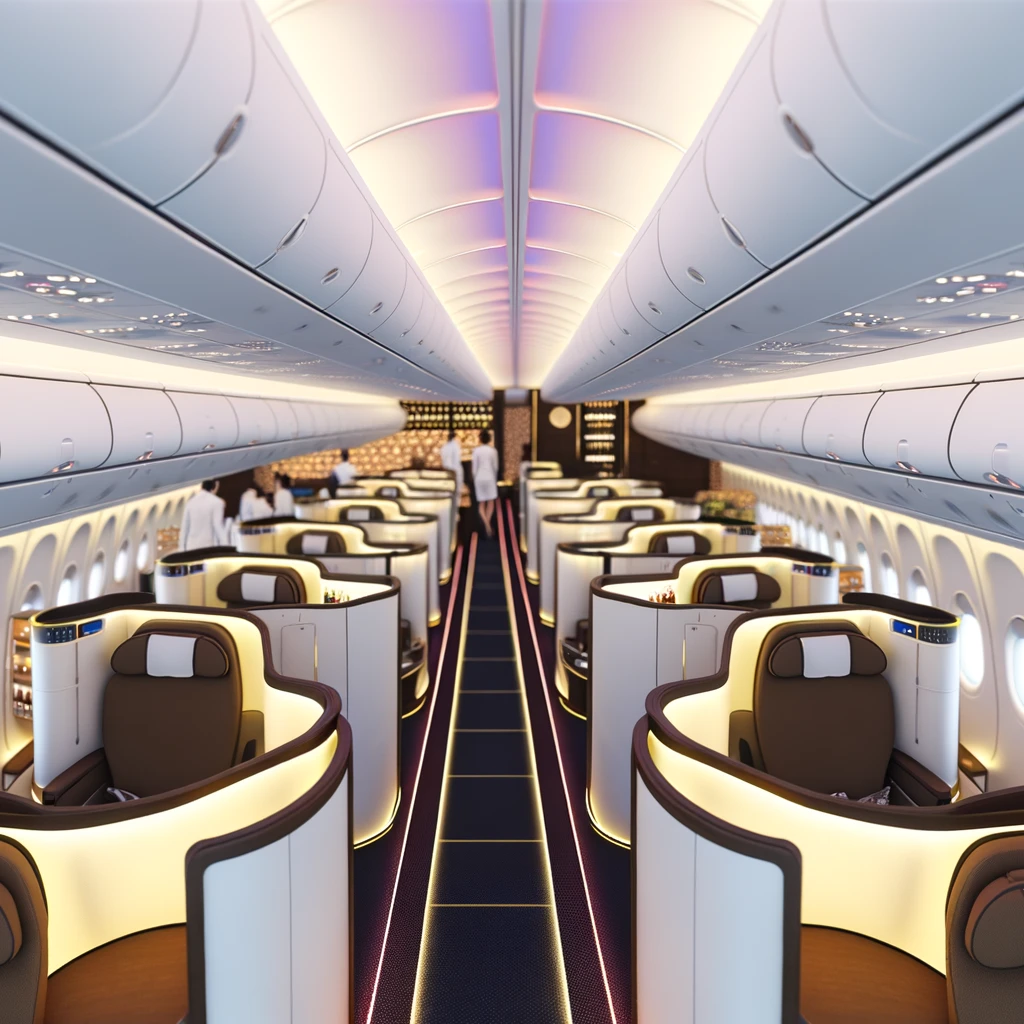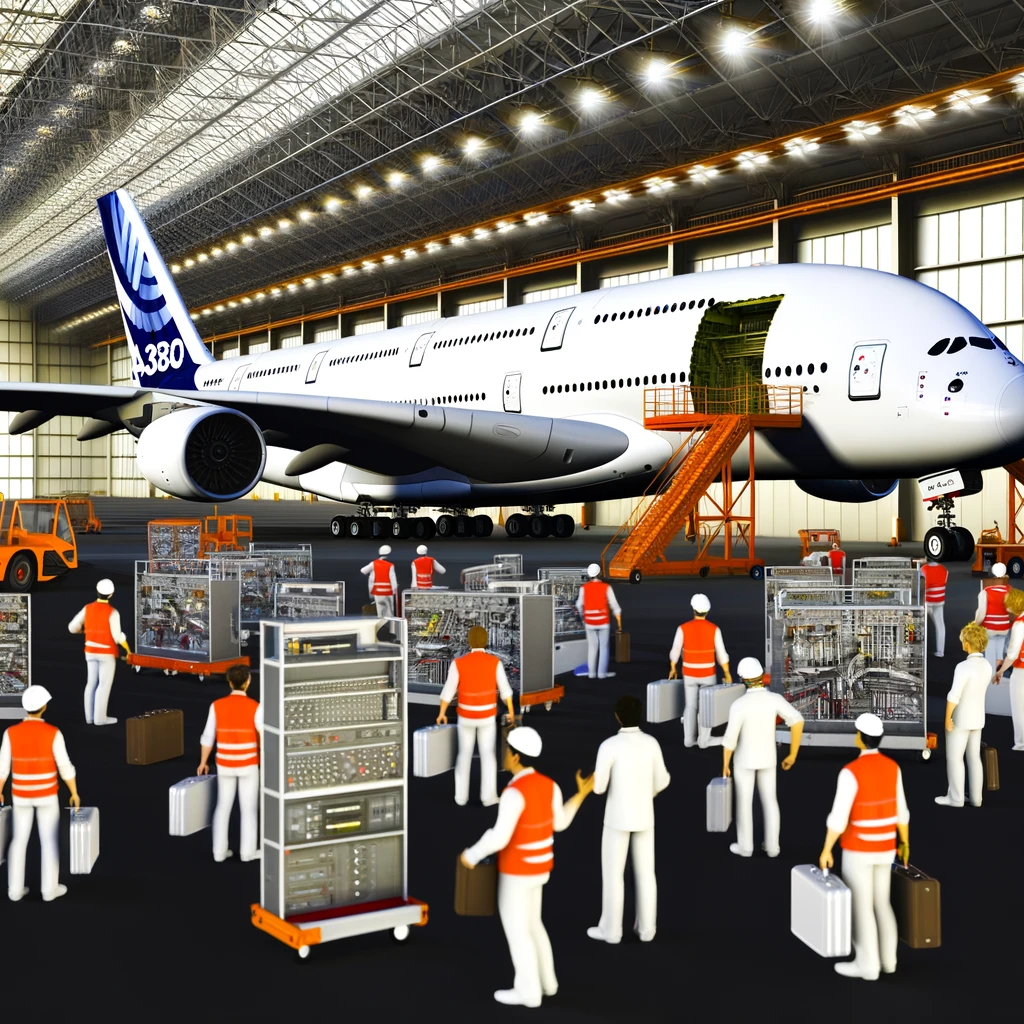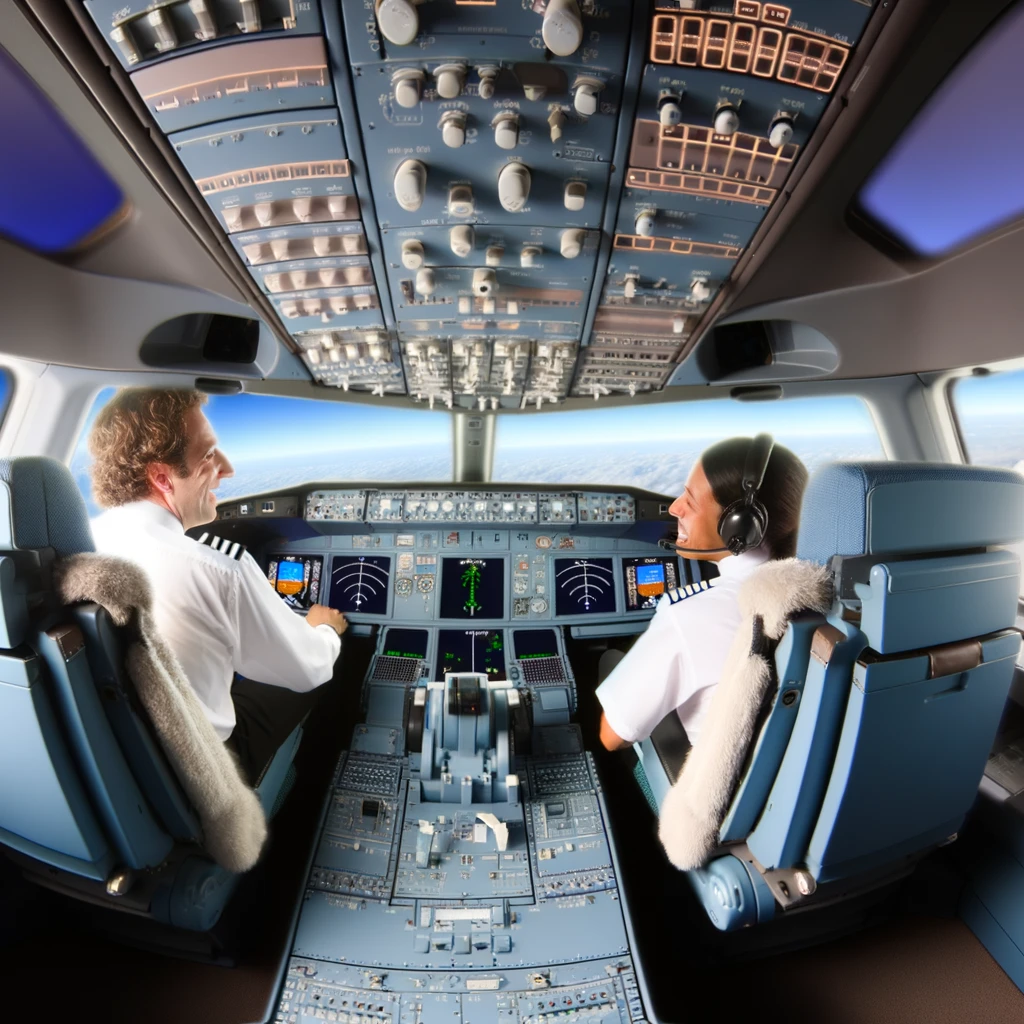
Unveiling the Airbus A380: The Giant of the Skies
The Airbus A380, the world's largest passenger airliner, represents a pinnacle of modern aviation engineering. Since its first flight in 2005, this double-deck, wide-body, four-engine jet airliner has redefined long-haul flying, offering unparalleled comfort and capacity.
The Genesis of the Airbus A380
The concept of the Airbus A380 emerged in the late 1980s when Airbus sought to break Boeing's dominance in the large airliner market. With increasing global air traffic, there was a pressing need for larger aircraft that could accommodate more passengers without increasing the number of flights. This vision materialized with the launch of the A380 program in 1990.
After years of development and a massive investment of over $25 billion, the A380 was officially unveiled in 2005. It marked a new era for Airbus, showcasing their commitment to innovation and excellence in aircraft design.
Design and Features
The Airbus A380 stands out with its impressive dimensions and innovative features. It boasts a wingspan of 79.75 meters and a length of 72.72 meters, making it the largest passenger airliner ever built. The aircraft can carry up to 853 passengers in an all-economy class configuration, although most airlines opt for a three-class layout accommodating around 555 passengers.
One of the key design features of the A380 is its double-deck structure, which provides additional space for passengers. The aircraft's cabin is designed for maximum comfort, with wider seats, quieter engines, and advanced in-flight entertainment systems. Furthermore, the A380's four-engine configuration provides exceptional range and reliability, enabling non-stop flights between major cities worldwide.
The Impact on Aviation
Since its introduction, the Airbus A380 has had a significant impact on the aviation industry. It has enabled airlines to offer more direct long-haul flights, reducing the need for connecting flights and thus improving passenger convenience. The A380's large capacity also helps airlines manage high-traffic routes more efficiently, reducing congestion at major airports.
However, the A380's operational costs and requirements have posed challenges for airlines. The need for specialized airport facilities, such as wider runways and larger gates, has limited the number of airports that can accommodate the aircraft. Additionally, rising fuel costs and the emergence of more fuel-efficient twin-engine jets have affected the A380's appeal.
The Future of the Airbus A380
Despite its challenges, the Airbus A380 remains a symbol of engineering excellence. In 2019, Airbus announced that it would cease production of the A380 in 2021, citing a lack of demand. However, many A380s continue to serve in airline fleets around the world, and the aircraft is expected to remain a fixture in the skies for years to come.
The legacy of the Airbus A380 is a testament to human ingenuity and the relentless pursuit of progress in aviation. As the industry continues to evolve, the A380 will be remembered as a landmark achievement in the history of flight.
Conclusion
The Airbus A380, with its impressive size and innovative features, has redefined the possibilities of air travel. While production has ended, its impact on the aviation industry will be felt for generations. Whether you're a frequent flyer or an aviation enthusiast, the A380 represents a remarkable chapter in the story of human flight.
Related Articles





